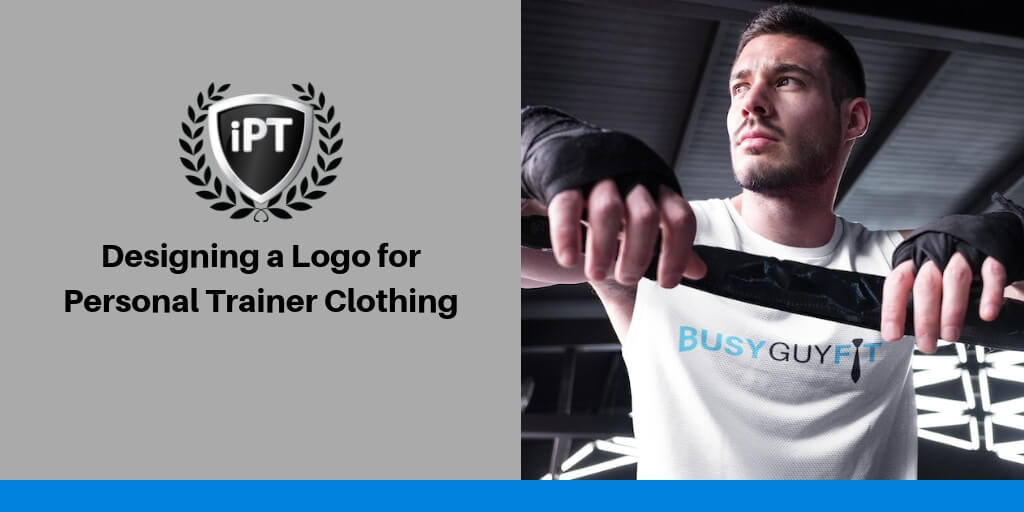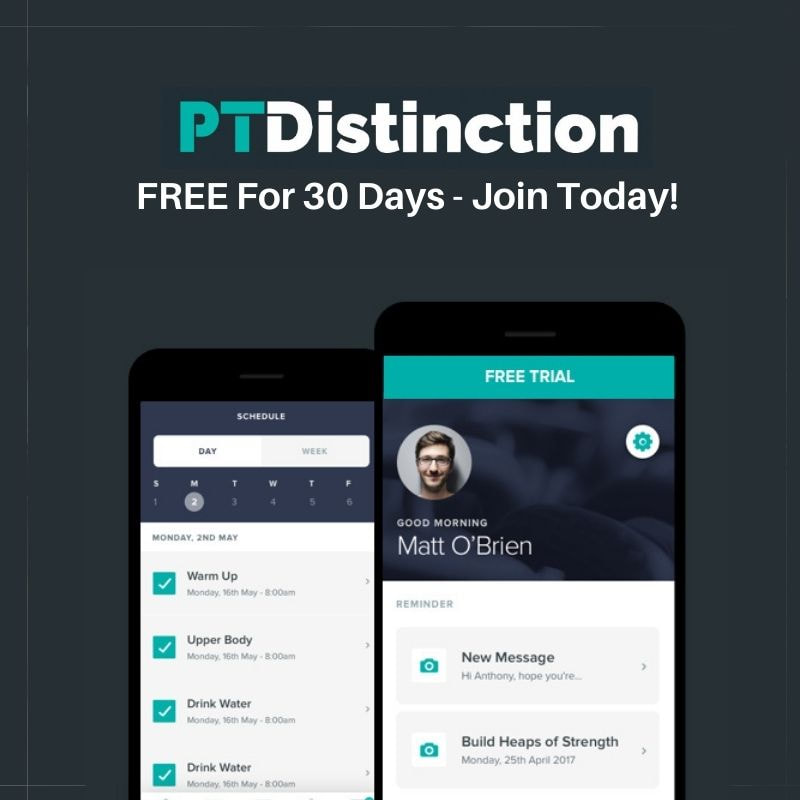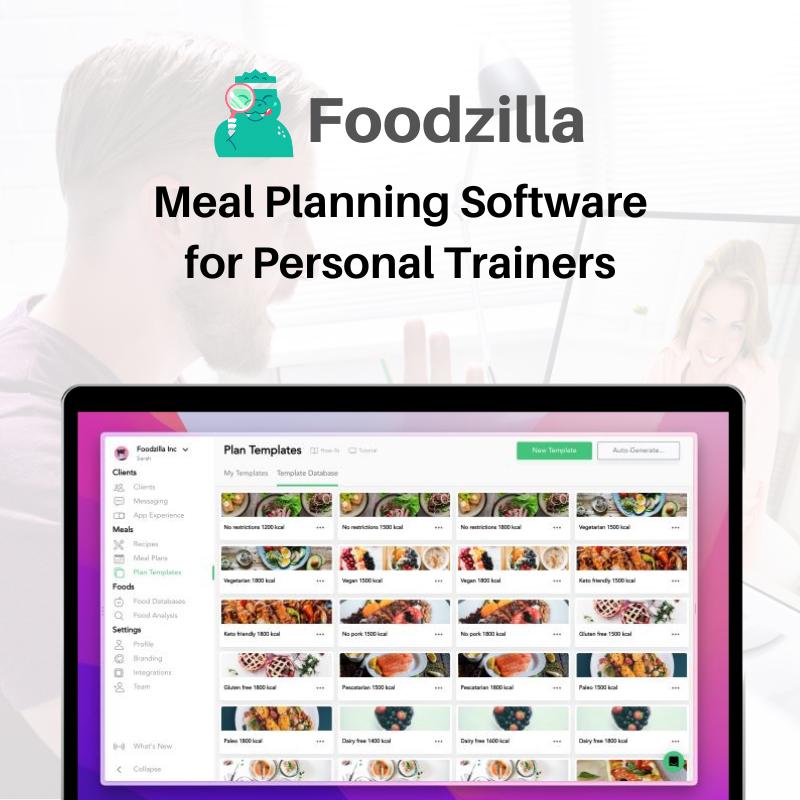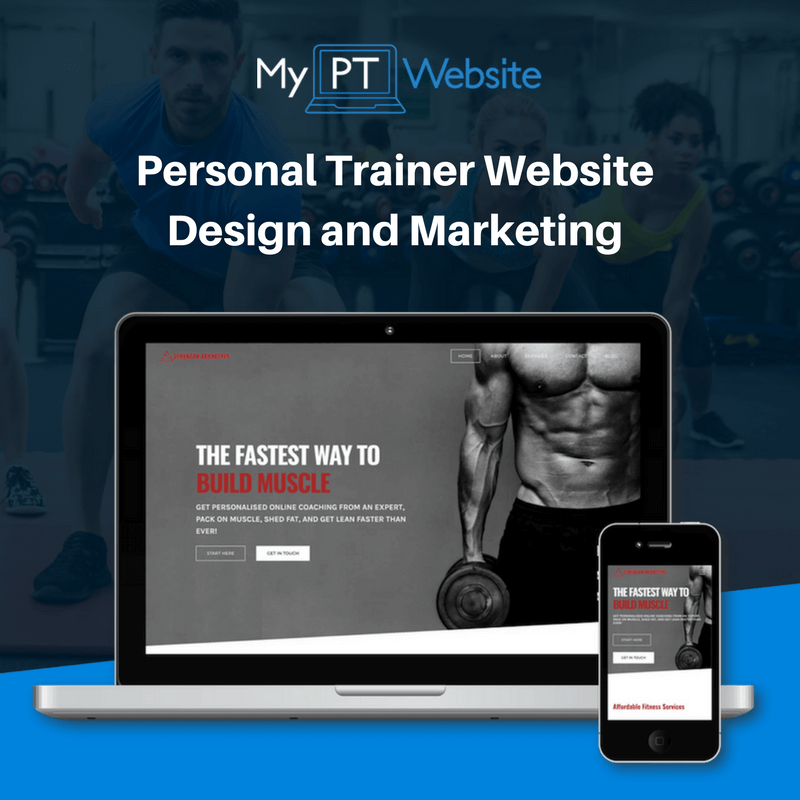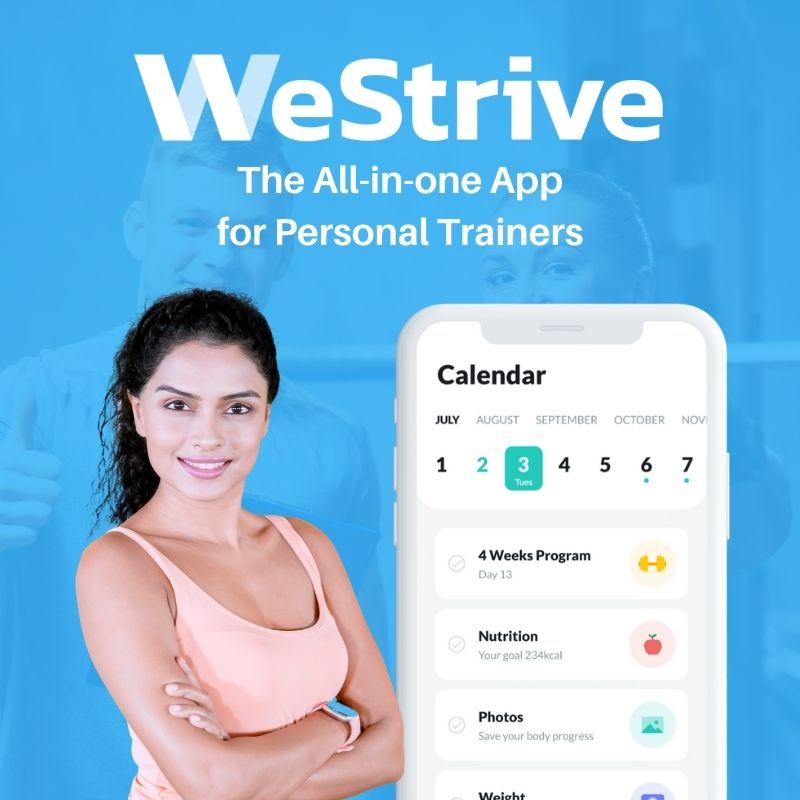|
FREE GUIDE: HOW TO LAUNCH AN ONLINE PERSONAL TRAINING BUSINESS
IN JUST 7 DAYS
✓ The new, better way of launching an online business
✓ The fastest way to create in irresistible offer ✓ A simple system to sell to clients who are interested |
|
Logos. They're one of the first things a prospective client will see, and as we know, first impressions really do count. Logos are important motifs that represent your business as a whole, and for that reason, it needs to be something you're proud to have on your chest! So, in this article, we'll give you some top tips for designing that all-important logo for use on your Personal Trainer Clothing or uniforms. Let's get started. 1. The Size of Your LogoBefore you begin, you need to establish the size of your logo, and where you'd like it to be placed. If, like the majority of fitness business owners, you choose to focus your logo to either the left or right breast of your desired garments, the print size will most likely be limited to just 10cm x 10cm. In order to visualise the end result, we'd recommend you create a basic template - simply sketch your logo into a square box of the same measurements, and this should do the trick. 2. The Design of Your LogoWe'd suggest you keep your logo simple and with an essence of subtlety. Overcomplicating your design by adding a multitude of complex shapes, shadows and special effects, could take away its importance and ability to be recognised. 'Less is more', and a low-key logo will allow your customers to not only remember it, but also interpret it with ease. If your logo is what sums up your business, you wouldn't want mixed messages being given to prospective clients. 3. The Colours of Your LogoThe chosen colour scheme has the ability to make or break your design. You should question whether the colours of your logo compliment the apparel you plan to invest in. For example, a dark coloured logo is unlikely to show up clearly on black coloured T-shirt or polo. It'd be virtually invisible, defeating its purpose completely! For best results at the end, plan with the right colours and consider how you'll avoid any obstacles colour similarities may throw at you. It's not as simple as avoiding black on black, however. White backgrounds can occasionally look untidy or unprofessional, despite offering a solution to the issue of dark images. You could, however, create two single colour versions of your logo. This hands you a degree of flexibility, giving you some slight leeway when it comes to options. For example, a bright blue logo would look effective when printed on a white background, and a fresh white logo would look perfect on a blue background. It really depends on thinking ahead; plan cleverly! 4. The Text of Your LogoText - here's where it gets a little tricky. Text can, of course, enhance the logo. However, lots of businesses trip up at this point, as they fail to consider how it'll look prior to printing. They're then unsatisfied when the clothing is produced. Long strap lines may initially seem like a good idea, as they can promote the benefits of your personal training company, however, they can cause issues. They could turn out illegible, wordy or practically non-existent when featured in small logos. So, using the sketch of your logo, plan ahead and decide how to format your text, should you want to include it. If necessary, cut down your strap lines and make them short and snappy. You could also consider creating two versions - one for the left or right breast, which includes basic information such as your business name or job title, and then a second design placed on the back of your garments. This larger image could contain extra info, such as your strap line and website link. Either way, make sure to take on board the points listed above. You don't want to complicate your text, as harsh colours or flashy fonts will make it difficult to identify, and, more often than not, can lower the image of your company. So, what can be taken away from this article?When designing your logo, you need to remember that less is often more. Logos have the ability to shape people's opinions and conceptions about you before they've even used your services. By allocating time and effort towards planning, (focusing specifically on its size, design, colours and text), you'll be put in a better, more prepared position, allowing you to represent your brand effectively and create associations with your customers. AuthorThanks for the article to David Allen from Personal Trainer Clothing. If you are in the process of finding a supplier, feel free to contact his team.
|
Our All In One Platform
Check out out all in one business & marketing platform for personal trainers!
WEBSITE BUILDER | FUNNELS |MEMBERSHIPS | SCHEDULING| EMAIL MARKETING| PAYMENTS| CRM | AI ASSISTANT | SURVEYS
Popular Articles
Trusted Partners
We work closely with some of the best service providers in the fitness industry.
Categories
All
|


